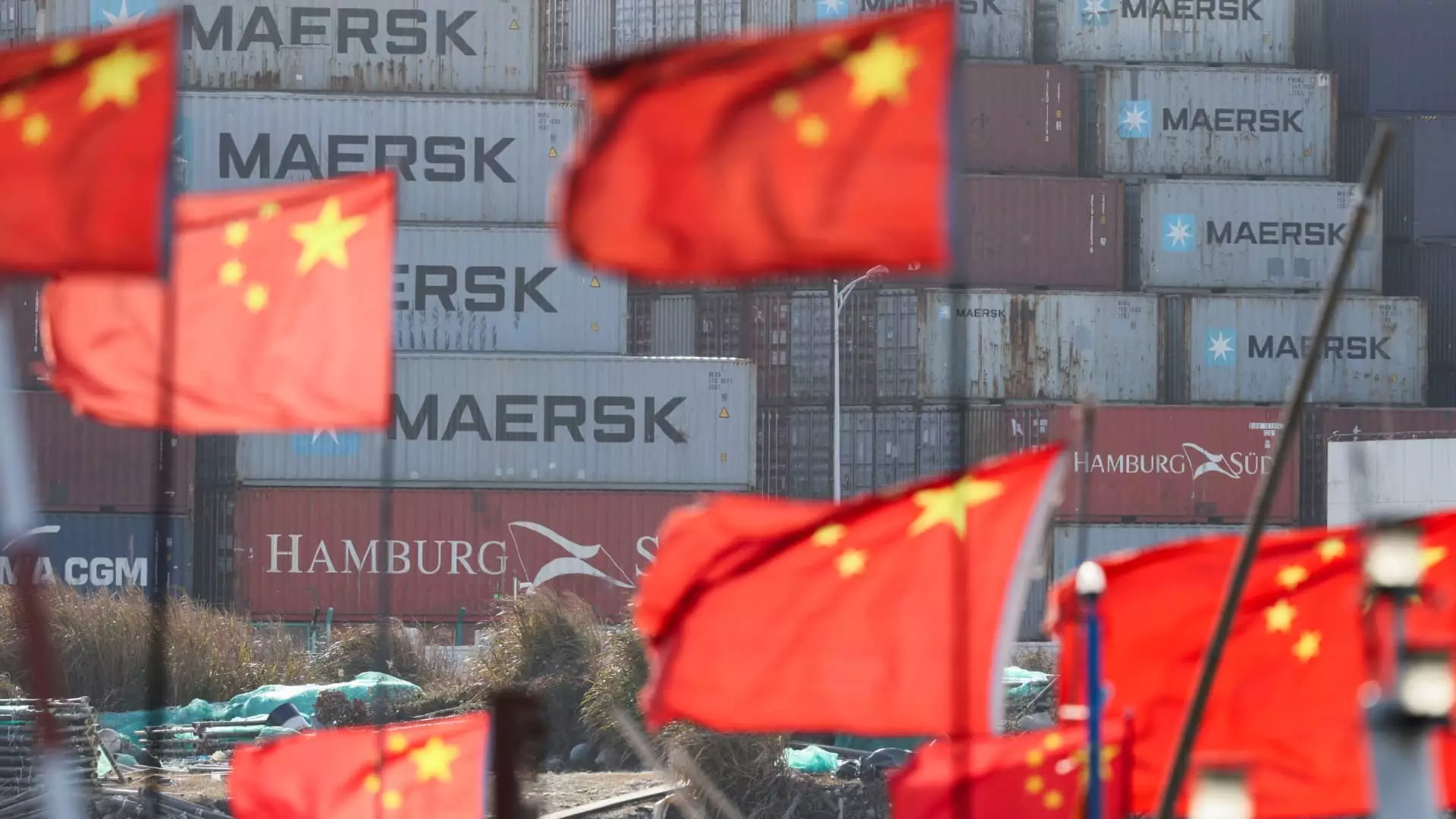As the political landscape shifts with the introduction of punitive tariffs by the U.S., the response from China suggests a deeply strategic approach rather than one rooted in retaliatory aggression. Following the announcement of a hefty 34% tariff on Chinese products by President Trump, the Chinese Ministry of Commerce did not respond with the fire and fury some might expect. Instead, they issued a measured statement calling for negotiation and expressing the intent to implement unspecified countermeasures. This careful framing indicates a calculated strategy aimed at sustaining economic stability in the face of adversity rather than risking a tit-for-tat trade war.
The dynamics of global trade have changed remarkably, and it seems clear that the real balancing act for China might involve a nuanced blend of bolstering domestic growth while fostering international partnerships. Analysts suggest that China’s focus will not lie solely on retaliatory tariffs but instead on diversifying its trade relations and invigorating domestic consumption. This approach could be heralded as a testament to Chinese resilience in navigating the tumult of global tariffs and trade sanctions.
A New Domestic Narrative
With the reality of reduced exports looming, China’s leadership appears intent on stepping back from aggressive trade posturing and redirecting attention internally. The nation is already investing heavily in domestic markets, emphasizing the need for increased consumer spending and reduced reliance on exports. The pivot towards stimulating internal demand is not merely a reaction to U.S. tariffs but rather a longer-term vision that could empower the Chinese economy against external shocks.
In light of the ongoing global economic turbulence, evident in the pandemic’s impact, China’s leaders have taken bold measures, including expanding fiscal deficits and boosting support of the private sector. This represents a newfound acknowledgment of the importance of private enterprise in driving economic growth—a significant shift from previous regulatory constraints. This revitalization of the private sector, as observed in pivotal meetings between President Xi Jinping and prominent tech moguls, indicates a willingness to adapt and innovate.
Embracing Global Connectivity
While tariffs and trade barriers can create immediate tensions, China’s strategy seems to indicate a recognition of the vast potential of global trade arrangements like the Regional Comprehensive Economic Partnership (RCEP). As the largest trade bloc in the world, RCEP positions China to deepen its integration with Southeast Asia—a region that has already begun to emerge as its largest trading partner. This is not just a tactical response to U.S. tariffs; it is a proactive strategy to lock in economic relationships that could be pivotal for future growth.
Rather than viewing tariffs as a hindrance, Chinese manufactures are adapting by strengthening their presence in these emerging economies, a tactical layer that can provide insulation against U.S. trade actions. The response to tariffs should not only be about maintaining current export levels but rather about strategic diversification and investment in new markets. By embracing this philosophy, China not only mitigates risk but also reaffirms its position as a global economic powerhouse.
Understanding the Bigger Picture
The ramifications of tariffs are multifaceted, and analysts highlight that China is well aware of how these changes impact its economy and influence global dynamics. Although there may be an apparent urgency in the U.S. administration to restrict China’s growth—an endeavor underscored by the recent increase in tariffs—China’s geopolitical strategy encompasses a much broader vision. By focusing on maintaining stability while courting new trade partners, China positions itself not just as a survivor amid volatility, but as a leader paving a new path forward.
The potential for future expansion in markets previously dominated by traditional trade partners—including the U.S.—should not be underestimated. Countries like Vietnam and Thailand might seem like alternatives for American manufacturers aiming to minimize tariff impacts, but they also stand to benefit from China’s ongoing engagement, thereby fostering a regional balance that counters U.S. hegemony.
The Role of Economic Resilience
While the current administration in the U.S. attempts to use tariffs as a tool for economic negotiation, such tactics may well have unintended consequences, as they push countries towards greater collaboration amongst themselves—a phenomenon that partially explains the surge in intra-regional trade collaborations. The narrative emerging from China is one of resilience rooted in a commitment to growth that is supported by domestic adequacy and bolstered by international partnerships.
China’s leaders seem to understand that in the face of aggressive tariffs, a proactive and strategic approach will foster innovation and sustain growth. By emphasizing domestic consumption and leveraging beneficial trade relationships with Southeast Asian nations, the response to U.S. tariffs appears poised to redefine the trajectory of the Chinese economy for years to come. In this regard, the narrative is not about survival but transformation—a bold assertion of resilience against external pressures and a commitment to larger, interconnected economic ambitions.

